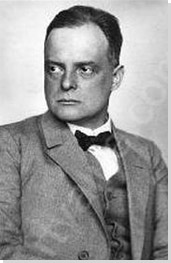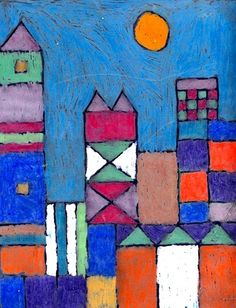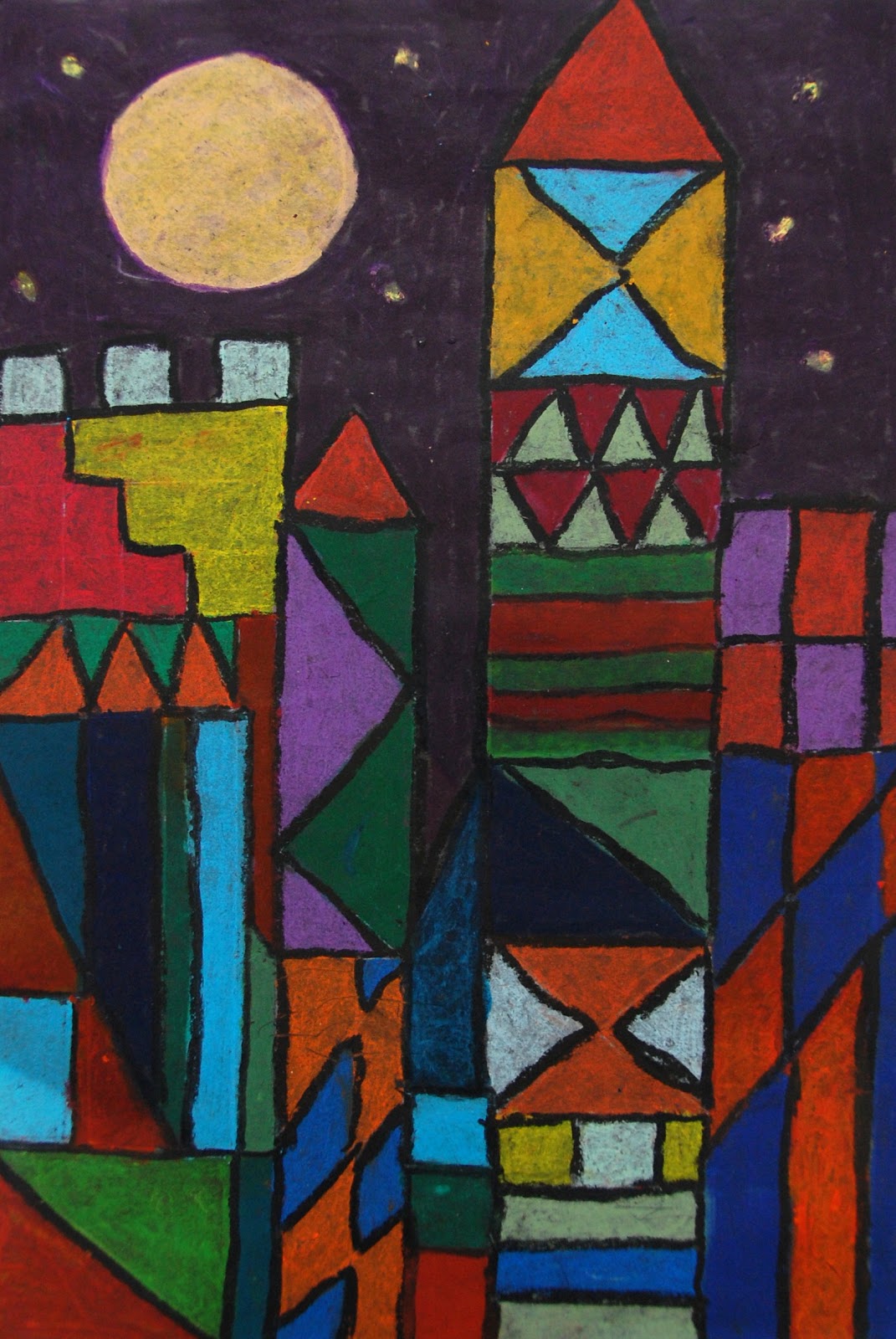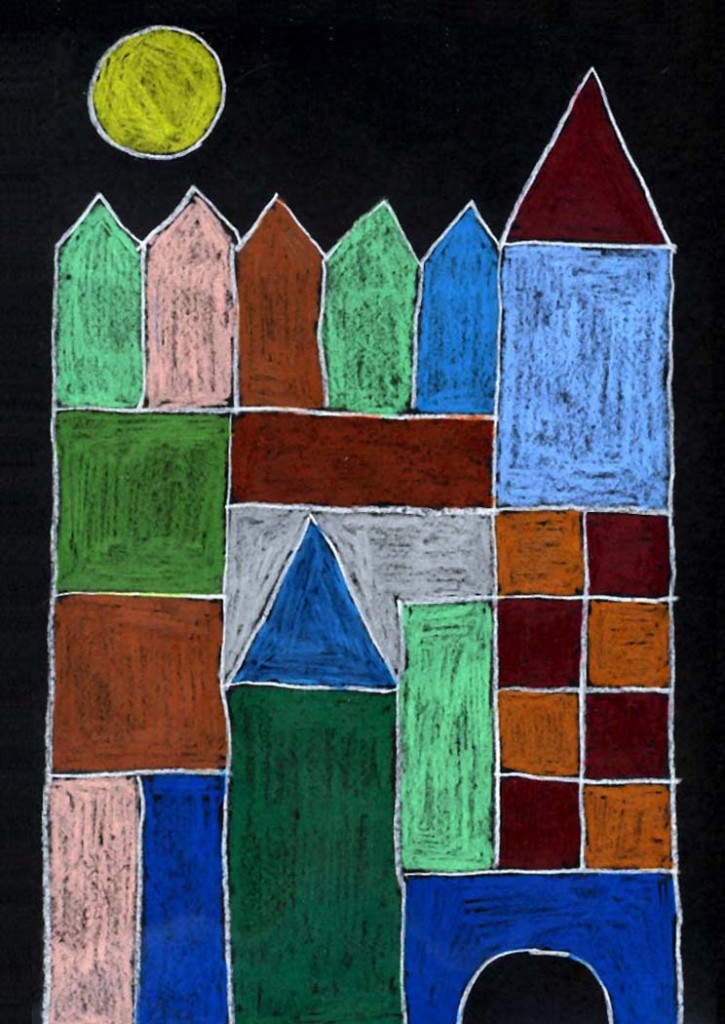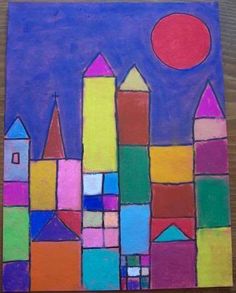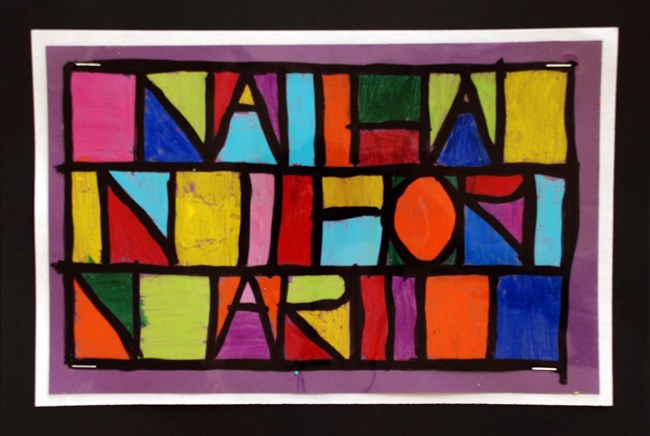Artist Paul Klee
What was Paul Klee?
Born – December 18, 1879
Died – June 29, 1940
Paul Klee, a Swiss-born painter who greatly admired the art of children, who seemed to create free of models of artwork.
In his own work he often strove to achieve a simplistic piece of work, often by using intense colours, line drawing and simple shapes.
To find out more about what type of an artist Paul Klee was, click the image.
The Town
A wonderful piece of artwork inspired by Paul Klee.
The children are going to create simple features of a town using shapes. Encourage your class to draw the outline in pencil, thinking about measurements (width and height) before using chalks or paints to colour.
With younger children try painting step by step to show them how to complete a more complex piece of artwork.
With older children, encourage them to use their imagination to include something that isn’t in the original picture. This will challenge your children to adapt the style of artwork and apply it.
The Town
Another great variation on a town. This piece encourages the children to use a wider range of lines and patterns.
The Castle
This piece of artwork is great to introduce your children to structural shapes.
By allowing your children to look closely at the school building or houses nearby, they will begin to see the simple shapes emerge.
Your class can create a castle using simple 2D shapes.
The Town - Simple Shapes
This is a fantastic piece of artwork to complete with Foundation, Ks1 or KS2 children.
Younger children find it tough to get the measurements right, so I completed this artwork step by step. They loved choosing their own colours and were very proud of what they achieved and how effective it was.
Names
Allow your class to create simple artwork using their names and the Paul Klee style of artwork.
Village
This is a much more complex piece of artwork that involves your children understanding and creating depth in their artwork.
Take simple sections at a time and your children will be able to create this artwork. You could also put your children in groups and they can create a section each. Put all the sections together to create the full piece for a wall display.

